I am trying to understand dynamic range for ADCs and I am a bit confused. I have seen two definitions (the second of which I don't fully undertand).
The logarithmic ratio in decibels of the maximum to minimum output voltage based on bit depth. For an ADC with a voltage range of 0 V to 5 V and a resolution of 16 bits the smallest output voltage would be \$\small5/2^{16} = 0.000076V\$, so the dynamic range would be \$\small20\cdot log(5/0.000076)=96 dB\$
The ratio of the amplitude of the loudest possible undistorted signal to the noise floor where the noise floor is the quantization error in the most basic case. Wiki states \$\small 20\cdot log(2^N/1)\$ where N is the bit depth.
I understand that these both yield the same result but I am a bit confused about where the "1" comes from in the quotient of the second formula.
If the \$\small 2^N\$ denotes the total amount of discrete steps that the voltage range is split into for the quantization process I would think that the quantization error (and thus noise floor due to it) would be at most 1/2 of a step (not 1), considering that samples are rounded to the closest discrete step and the greatest offset from any sampled value would be at most 1/2 of the step amount.
Any clarification or insight would be greatly appreciated.
